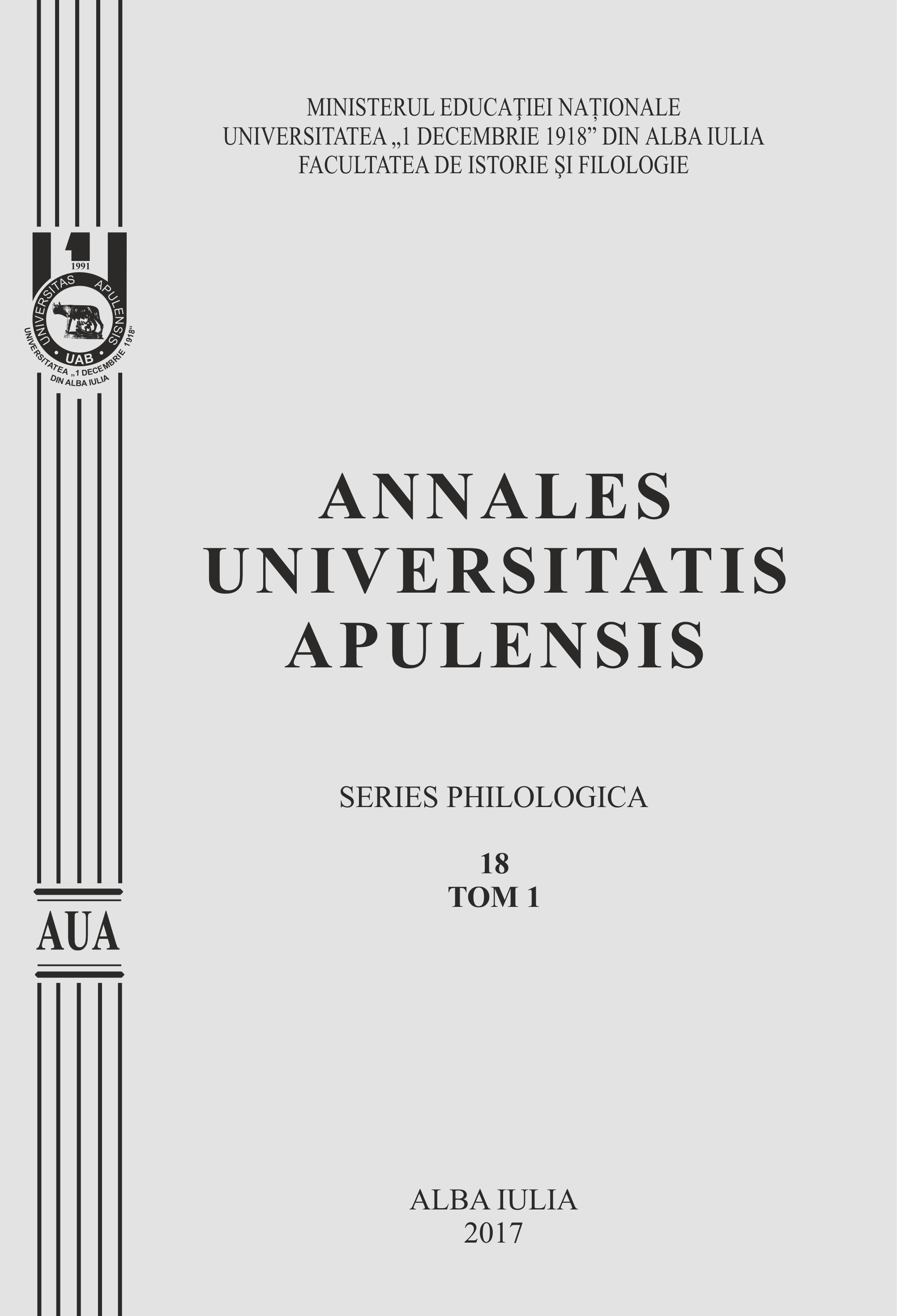REMARKS ON TRANSLATION STRATEGIES – STEPHEN KING’S ‘CHRISTINE’ AS A CASE IN POINT
REMARKS ON TRANSLATION STRATEGIES – STEPHEN KING’S ‘CHRISTINE’ AS A CASE IN POINT
Author(s): Constantin ManeaSubject(s): Language and Literature Studies
Published by: Universitatea »1 Decembrie 1918« Alba Iulia
Keywords: literary translation; translation strategies; mistranslation; semantic adequacy; False Friends; stylistic adequacy
Summary/Abstract: The unassuming aim of the present paper was to analyze the text of the Romanian literary translation of Stephen King’s well-known novel Christine, and use the resulting punctual remarks focusing on the main translation procedures and strategies in frequent use, including Venuti’s opposition between foreignization and domestication. Our examination essentially regarded those qualities that make a good translation – i.e. accuracy, transparency and fluency, and tried to probe into the semantics, stylistics, pragmatics and broader cultural implications of the act of translation. We tried to deal not only with the types and principal strategies of literary translation, but also with translation strategies, mistranslation (including the famous class of the False Friends or Deceptive Cognates), semantic adequacy (including grammatical semantics, semantic ambiguity, omission and adding unnecessary information), stylistic adequacy (including stylistically infelicitous translation, as well as occasional faulty use of the Romanian language), inadequate cultural information, etc. We have already dealt with such matters while writing about the Romanian translation of Kazuo Ishiguro’s The Remains of the Day, a theme which was suggested by the parallel reading of the novel in the original, and its Romanian translation. So we embarked on an analogous undertaking (using as a factual material Stephen King’s thriller Christine – so a novel appertaining to a rather different type of literary writing), in an attempt to analyze the main qualities, recurrences and virtues of the literary translated text, as well as the strengths and weaknesses of the Romanian translators’ achievements. In the process, some of the old opinions, arguments and contentions (such as translation being a craft or an art, a skill or a technique, a process and a product, which is culturally and linguistically possible, while being very difficult in terms of human effort) were empirically put to test and compared. Yet we believe that the most significant opposition we came across in practical terms, an opposition exceeding even the ancient opposition “faithful translation vs. unfaithful translation”, was the pair “Source-Language-oriented translation vs. Target-Language-oriented translation”. The (modest and rather tentative) conclusions that the analysis conducted enabled us to finally draw intrinsically relate to the current status of literary translation in Romania, as well as the various developments and trends that both influence, and result from, standardization in this particular domain, while also purporting to the fact that there is no single translation strategy that is advisable in the case of literary translation.
Journal: Annales Universitatis Apulensis. Series Philologica
- Issue Year: 18/2017
- Issue No: 1
- Page Range: 325-336
- Page Count: 12
- Language: English

